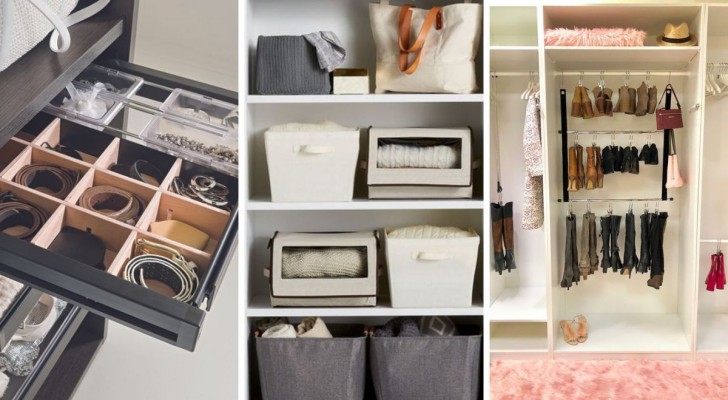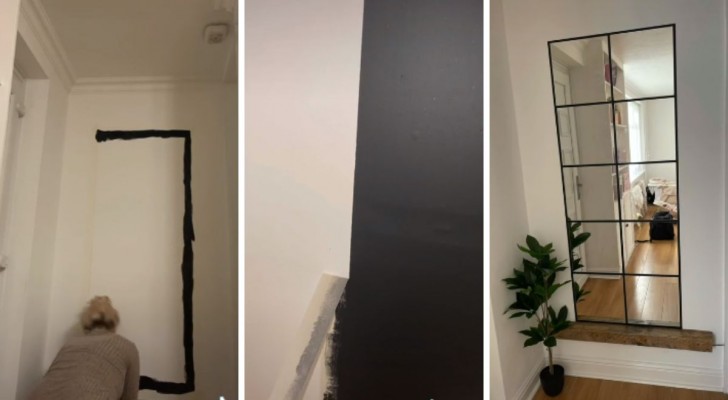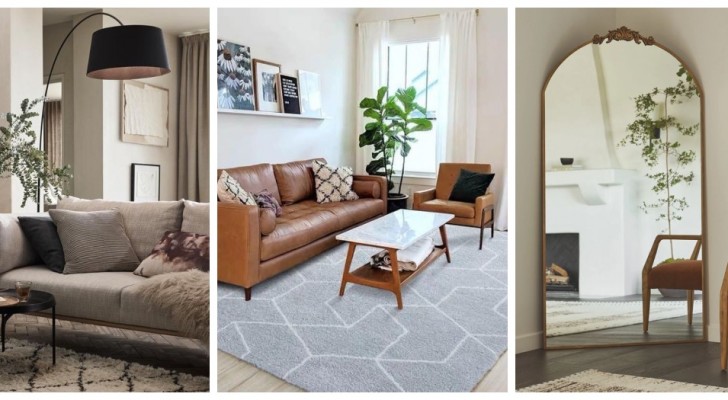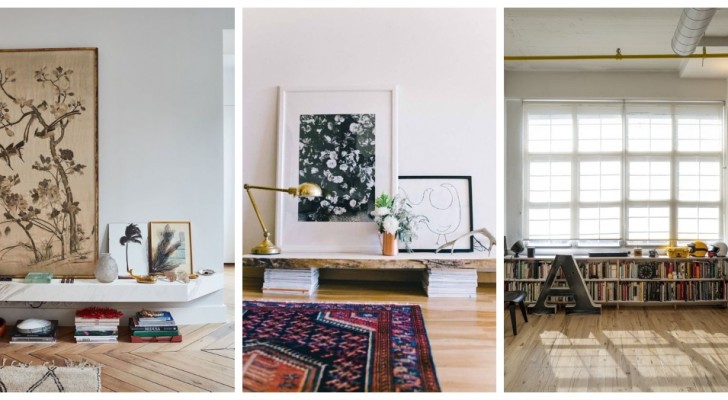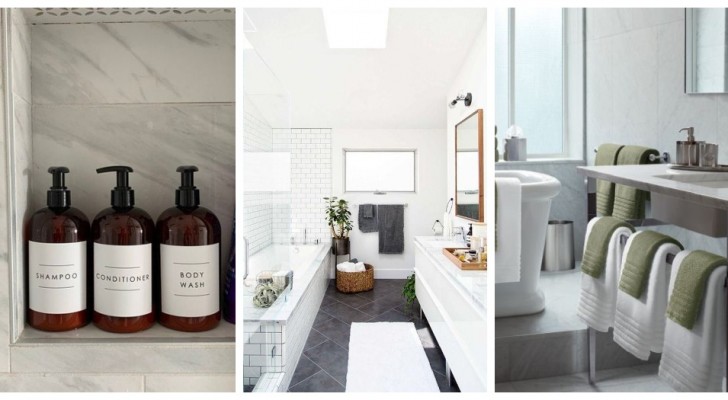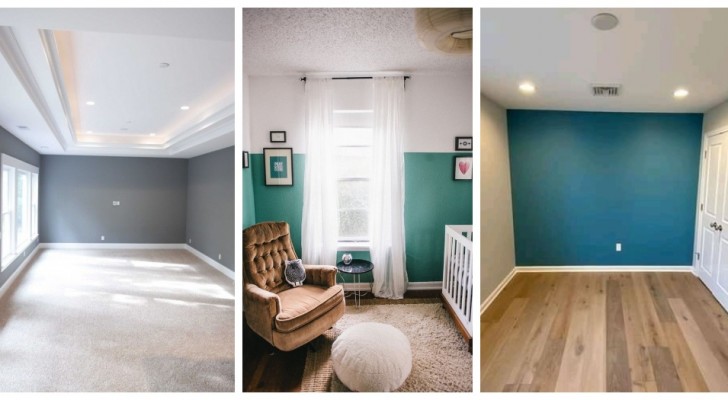How to make your home brighter: 7 useful tips to illuminate even the darkest corners

Living in a welcoming and bright home has many benefits on our physical and mental health. The light, in fact, immediately places us in a calmer and more positive mood, which helps us to spend the days at home in a serene way, making us extremely happy. The house is certainly the place where we spend the most time, in general, and even if we had to spend many hours outside, perhaps for work, the house would still remain that warm and welcoming place where we can feel free and "safe", away from the social pressures from the outside world. When we choose to move into a house, therefore, it is good to pay attention to some small details that could greatly improve its performance, also helping us to live it better in the long run. As if that weren't enough, then, dark and not very bright environments favour the proliferation of dust mites - absolutely not recommended for anyone and, in particular, for allergy sufferers! Light is a fundamental element and, even if you think you can manage well in a dimly lit environment, trust the opinion of the experts: with a little more light, you will feel much more vital and cheerful! So it's worth it. focus on all possible and imaginable ways to furnish the apartment in this sense. We want to reveal some tricks to make every corner of your home as bright as possible, especially if the spaces in the house are modest. If you are in the process of renovating your home or if you are in the mood for changes, this is for you!
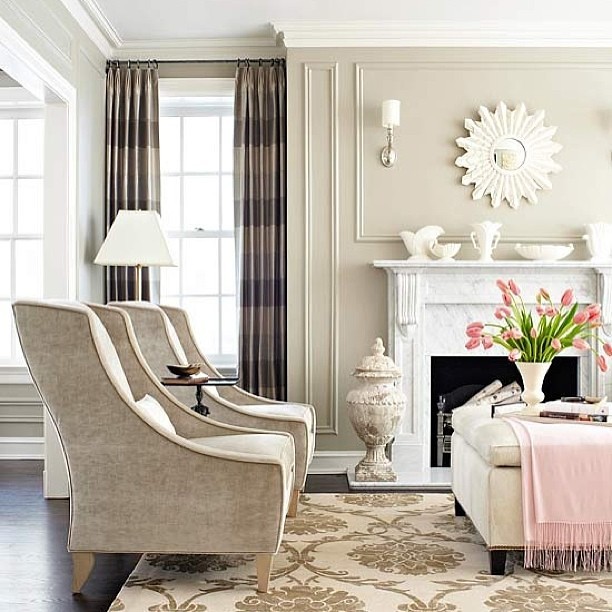
1 The colour of the walls:
By now the walls can be considered a real piece of furniture: there are those who paint them with bright colours and those who prefer wallpapers with all kinds of designs. In general, however, if you want to try to illuminate your home, you will have to opt for light colours. This rule applies even more if your home is small. The light and cold colours, in fact, will also help to make the spaces larger. So indulge yourself with colors such as light gray, blue or green, always preferring very soft shades of these colours. A practical tip: to obtain an even more luminescent effect, do not paint the entire wall, but leave a white frame along the edges and profiles. If you are feeling particularly inspired, you can also use paints enriched with luminescent components which, once applied to the wall, will create a reflective effect.
2 Curtains on the windows:
Curtains on the windows are not recommended, because they tend to subtract precious light from the environment, but if you don't like the idea of a bare window, you can always opt for light-colored and light fabric curtains. The important thing is that those curtains are not very long and heavy, which tend to fold up numerous times. If you opt for the "no curtains" policy, and still want some privacy in the evening, you can take advantage of the shutters. Remember also that the absence of curtains gives you the opportunity to decorate the windowsill with plants and plants, - a perfect way to give light and harmony to the home!
3 The floor:
It is not only the walls that constitute an essential piece of furniture, but also the floor. If you are in the process of renovating your home or buying one and want to modernise your floors, you may want to choose a parquet. After all, who is it that doesn't love parquet? Well, if you decide to opt for this solution, take care to choose a parquet with light shades. At this point you will have understood the golden rule: colours that are too dark or too bright do not help even a little to illuminate the rooms! If, on the other hand, you cannot put your hand to the flooring and you find yourself with tiles or other dark coloured material, you could choose a nice carpet of light fabric and equally light and natural colors: the contrast between the shades will help reduce the gloomy effect. of the floor.
4 The furniture:
Here is a fundamental point: the furniture to choose. Which are the most relevant? You should prefer low, wooden furniture that has a light and natural colour. All that massive furniture, which develops vertically, and which tends to close spaces should be avoided. In short, if you have "grandma's furniture" you are not in the right direction! Unfortunately, this kind of furniture not only physically covers important light points, but tends to make the environments dark and not very airy, or at least this is the perception we have of it. Therefore, it is better to design your furniture horizontally, allowing the light to spread more, and choose neutral colors, if not the "total white" option. If you like glass, know that it is the right choice: a nice kitchen table or a bookcase with glass shelves will make the environment "lighter" and more spacious.
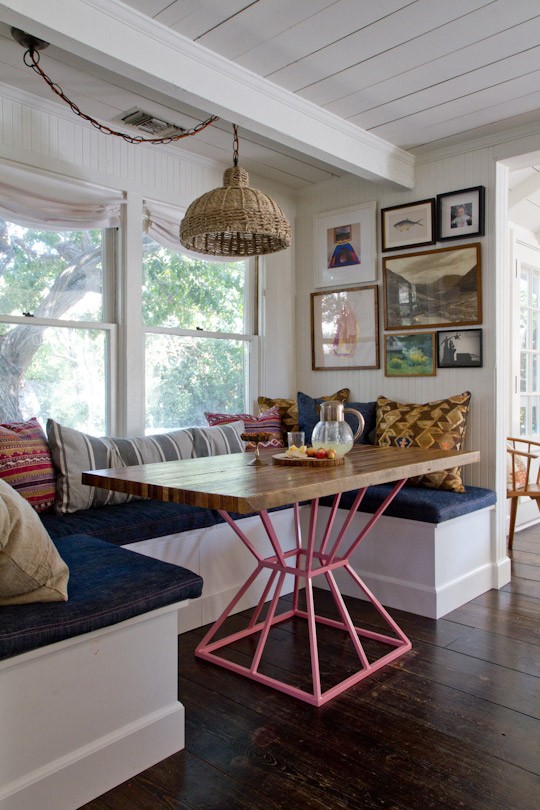
5 Plants:
Plants, as already mentioned, are an important piece of furniture that should not be underestimated. Even if you think you don't have a green thumb, know that there are many varieties for interiors that do not require special efforts. A plant will certainly make the environment more lively and your guests will certainly appreciate it! Here are some examples of indoor plants that you can easily buy: Ficus Lyrata, Dieffenbachia (to be avoided if you have cats), Ficus Benjamin, Pothos and Sanseveria. These are just a few examples with which you can indulge yourself, without considering the wide choice of succulent plants and seedlings you have. You just have to contact your trusted nursery!
6 The mirrors:
Mirrors are those objects that we too often underestimate, but which can really make a difference in terms of brightness. If you have a narrow corridor at home, you could hang a beautiful framed mirror on one of the walls, in addition to the paintings to your taste: the environment will suddenly seem wider! Mirrors reflect light, so you should use them not only to mirror yourself (for that you can always go to the bathroom or in your bedroom), but also and above all to strategically place them in the darkest points of the house.
7 The lamps:
We have talked for a long time about brightness and how to make a brighter environment and, at this point, we just have to take some precautions regarding the artificial light points in the house. If you are choosing a house, for rent or for sale, try to pay attention to the light: we do not recommend a dark house, because in the long run it will have a negative effect on your body. Usually, it is the houses on the ground floor that have this annoying problem, but it can also happen that you find yourself surrounded by other buildings that limit the view and the light. In any case, if we cannot count on natural light, let's at least try to exploit artificial light: we eliminate imposing chandeliers or too bulky floor lamps and leave space for spotlights with which you can direct the light. If you want to enrich the environment with floor lamps, you can still do it by preferring the corners of the house. Obviously, the positioning and choice of lights must always be made in relation to the rooms: in the kitchen you will certainly need to illuminate the worktop, the stove and the table well, so you could opt in this case for a beautiful chandelier that falls straight on shelf where you eat.
In short, as you can see, making rooms a little brighter is not that difficult. You just need to have some foresight in the choice phase and have the opportunity to play a little with the furniture. Sometimes, you just need to avoid choosing a series of colours or furniture that simply do not fit the environment. In any case, try to do your best to light up your home in a natural and artificial way: your mood will benefit a lot!
